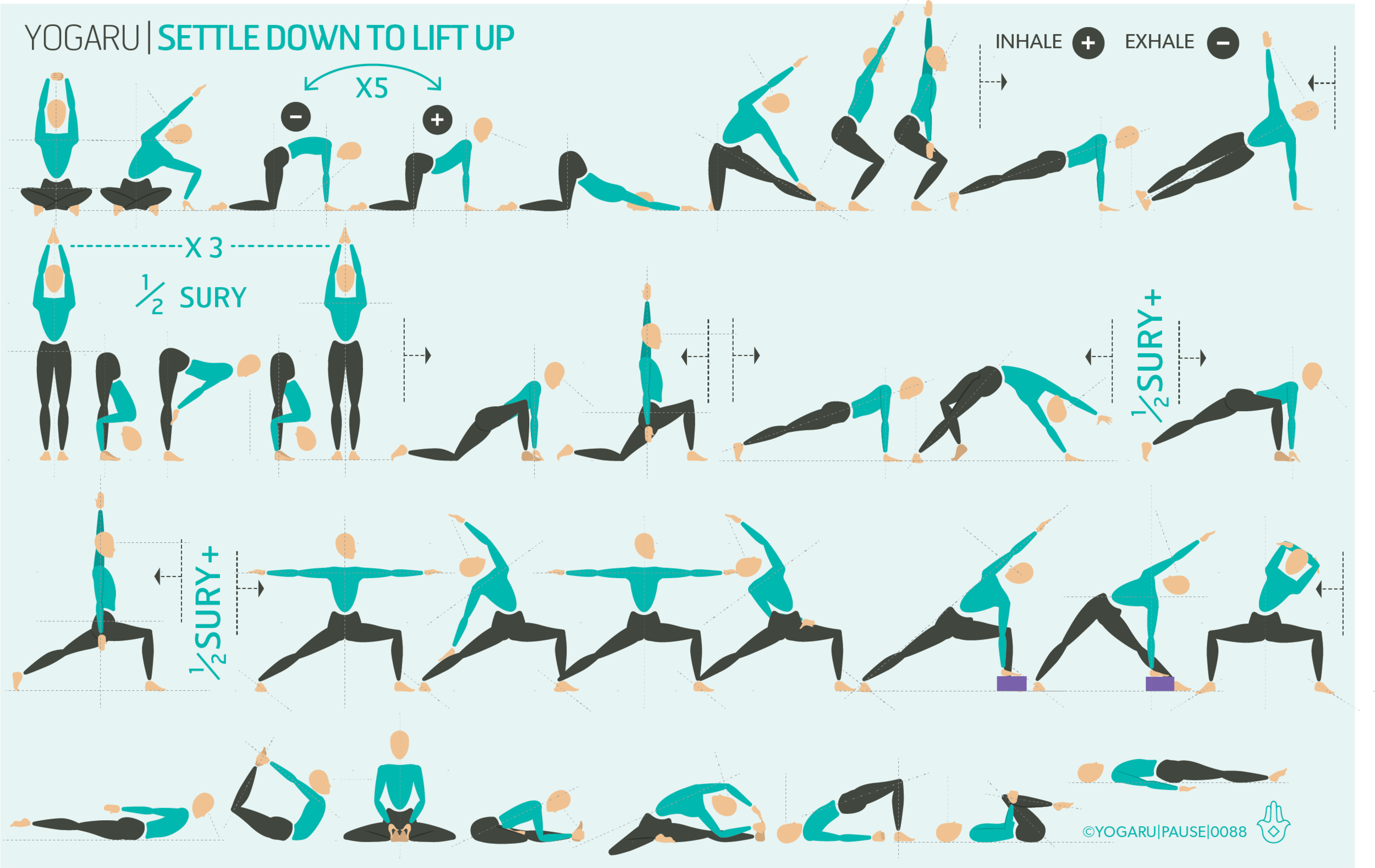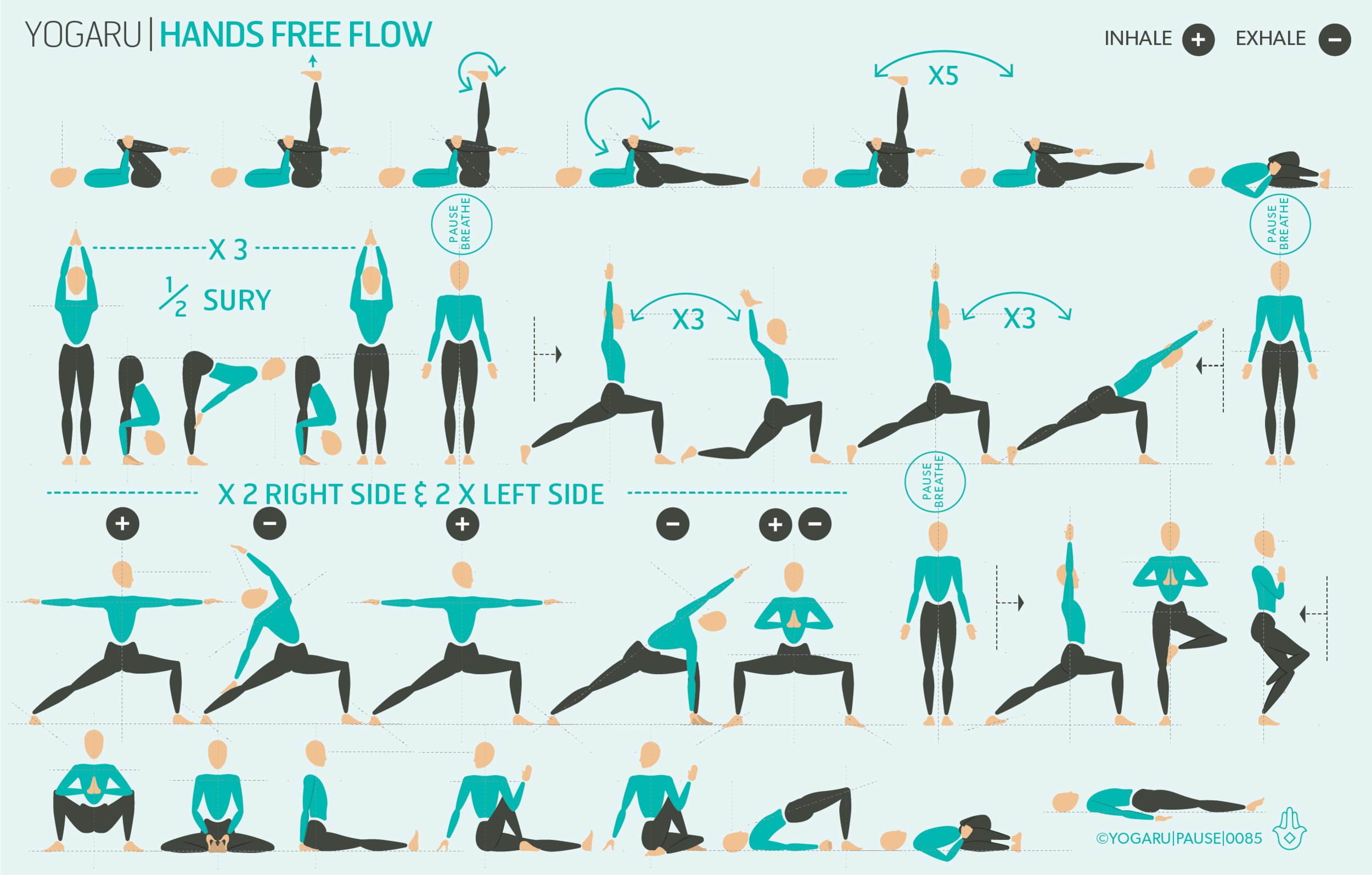MIRRORING NATURE
Seasonal transitions can be quite unsettling. You might notice recently you feel like you’re in limbo land and you don’t know if you’re coming or going. Especially when one day it’s showing all the signs of Spring and the next it’s snowing! But even when, to the onlooker, nature has pressed the pause button it is a hive of activity getting ready for Spring. In our practice we subconsciously follow the pattern of nature, and at this time of year nature is grounding down, growing roots, and bravely reaching up. In last week sequence we explored the stability of the pelvic bowl. This week we’re settling down through this central axis and lifting the body up out of the pelvic bowl.
CREATING SPACE
Throughout our day we naturally forward bend, twist and occasional backbend, but we rarely side bend. The spine is happiest when it’s regularly moved in all direction. Yoga, and this sequence in particular, gives the spine a chance to catch up on some quality side bends. Lengthening up through the side body with side bends tone the core, realign the lower spine, and stretches the intercostal tissues of the ribs to help deepen the breath. They also improve circulation, release compression between the vertebrae and creates space for the abdominal organs. In terms of muscle activity they stretch the glutes, lats, obliques and spine of the lengthened side; and strengthen the lats, obliques and spine of the compressed side of the stretch.
EXPLORING SETTLING DOWN AND LIFTING UP IN YOUR PRACTICE
Think of your pelvis as your anchor in each lateral bend pose. Ensure there be equal weight in each side of the pelvis, paying particular attention to the hip on the stretching side of the body. Looking for this stability first will give you a strong and secure foundation to lift from.
ALIGNMENT CUES
Our peak pose for this sequence is Parivrtta Janu Sirsasana/Revolved Head to Knee. To ensure you don’t collapse the chest towards the floor, the alignment cues below bring you through a twist prior to taking your full expression of the pose. This will help you stretch through the chest and keep the lateral position of the spine that we have been cultivating through the full sequence.
From Dandasana/Staff, open your legs out wide, bend your right knee and place your foot on the inner thigh of your left leg, press out through your left heel, right knee grounded.
To take your preporitory twist reach your right hand behind you and hold onto the upper thigh of the left leg. Lengthen through the spine on and inhale, hinge to your left on your exhale, and place your hand or your left forearm, on the ground just inside your left leg. Roll the bottom waist forward and the top waist back to ensure your upper body is moving in the same plane and the shoulders are stacked. Inhale to come up.
Place your right hand on your right hip. Hinge to your left from the left waist. Place your hand or your left forearm, on the ground just inside your left leg. Palm facing up if you are on the forearm, or hold onto the inside of you left foot.
Inhale, lift your right arm up high, palm facing left, exhale, reach your right arm up and over your right ear. Reach towards your left foot or hold onto the outside edge of your left foot. Bottom waist rolls forwards, top waist rolls back, gaze up.
To save the images for personal use click and hold down the image until the ‘save image’ option appears; on Mac hold down ‘control’ and click the image to get the option box; on PC right click on the image to get the option box. Scroll down in the ‘option box’ and click ‘save image’.
Ruth Delahunty Yogaru




